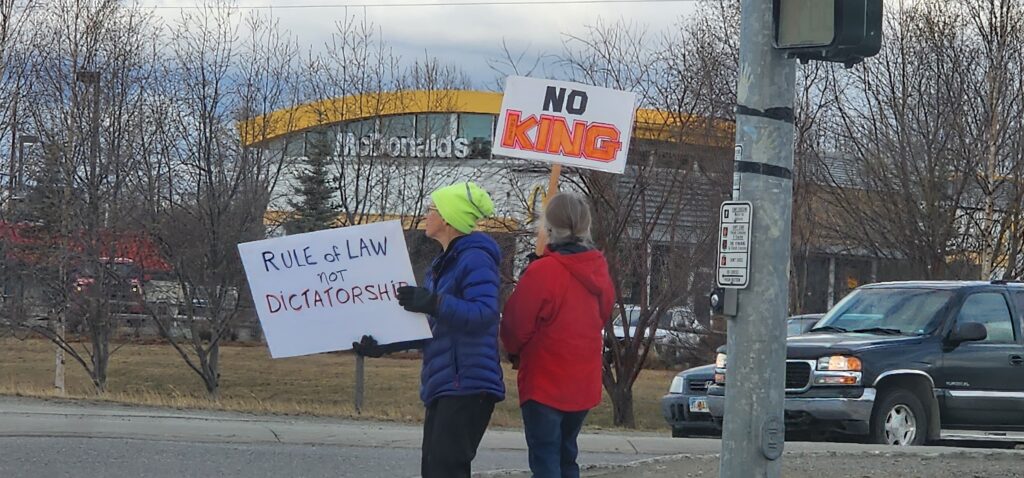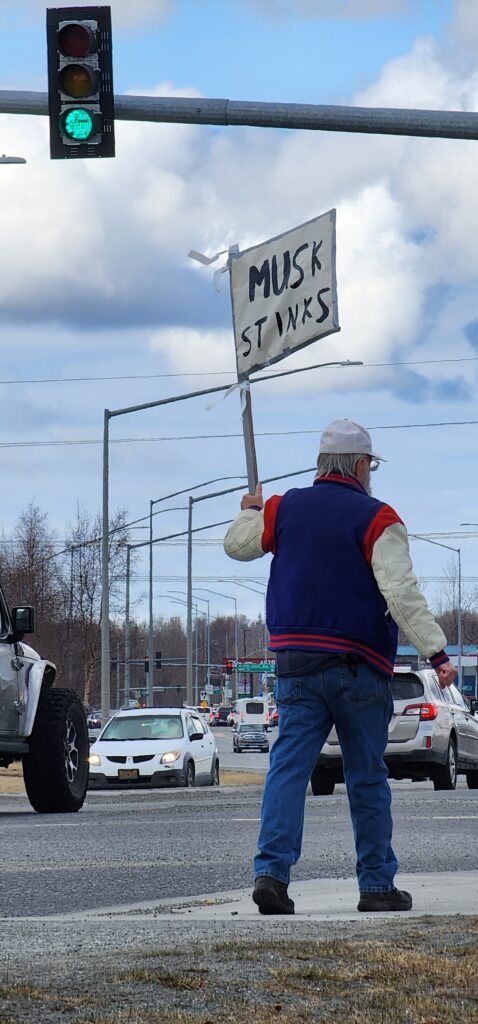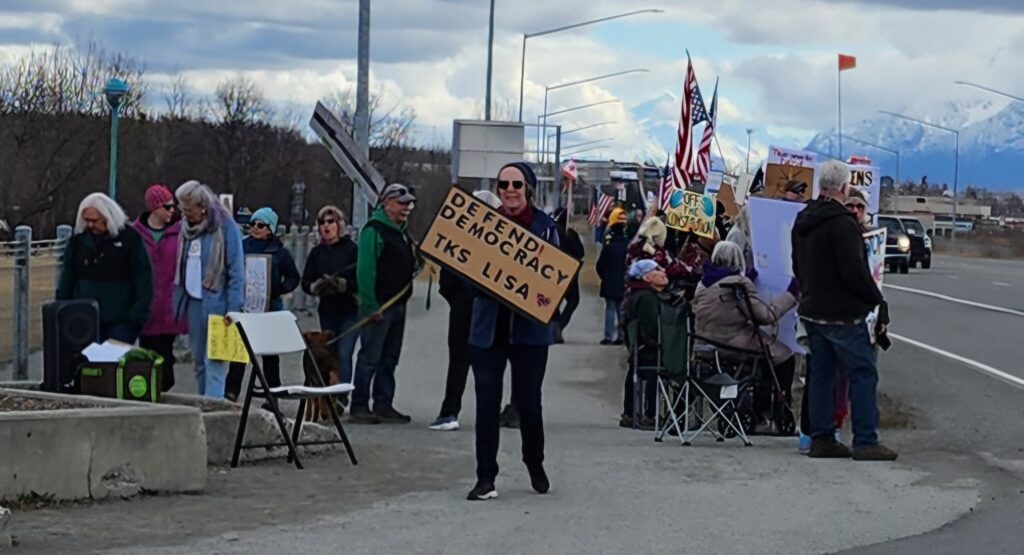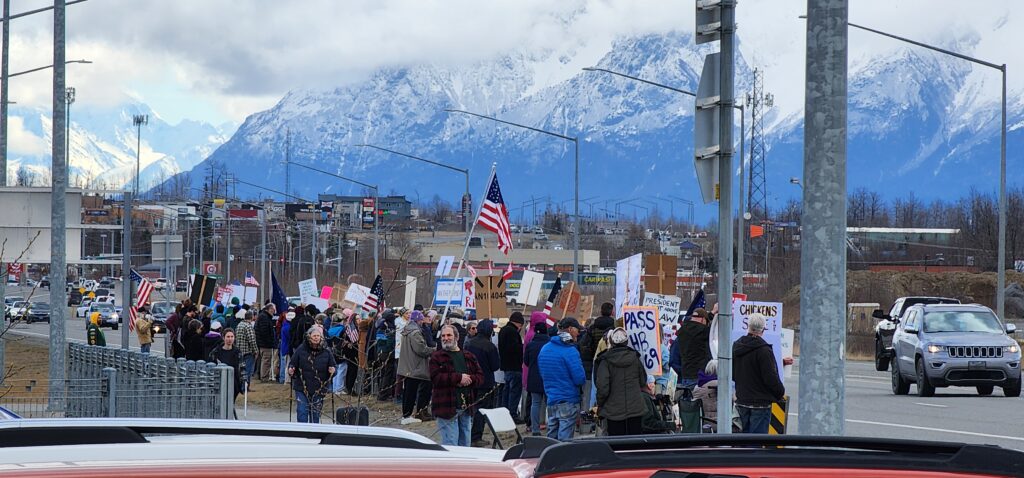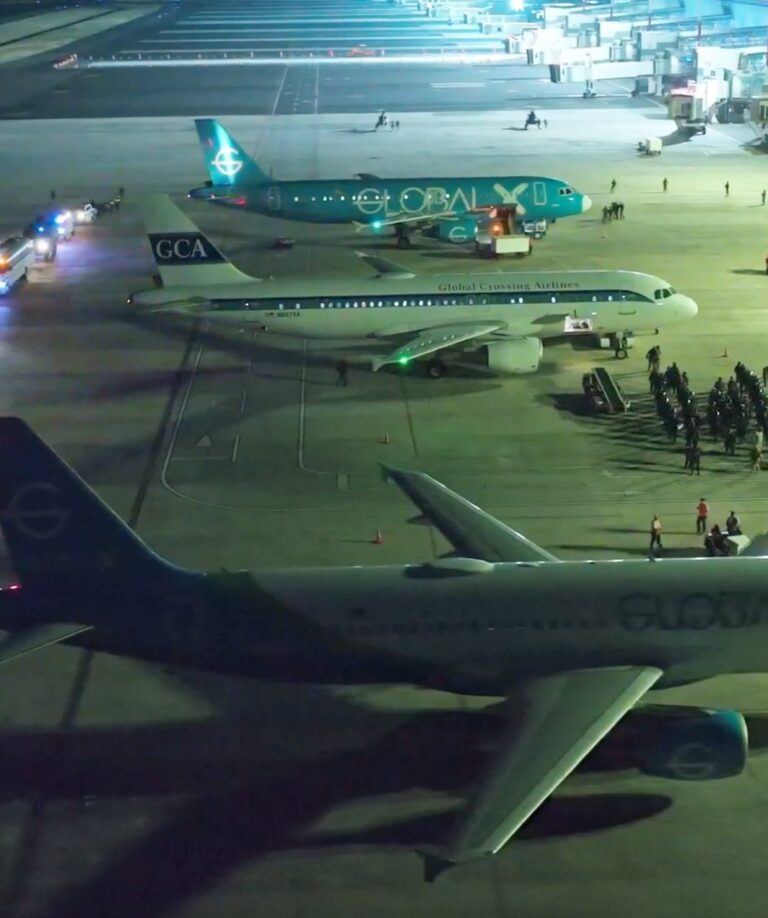Michael Pillsbury, senior fellow for China strategy at the Heritage Foundation, told Fox News’ “Mornings With Maria” today that Sen. Dan Sullivan of Alaska is being targeted by China’s government due to his push to reopen the military base at Adak.
In recent weeks, Sullivan has been more vocal about the importance of the now-shuttered Adak Naval Base, which China may see as a challenge to its geopolitical and military ambitions.
The base, 1,220 miles from Anchorage and closer to Asia than mainland North America, was closed in 1997. Sullivan cites the need for it to be reopened to counter joint China-Russia naval operations and the continuing air incursions by Russia in the Alaska Air Defense Identification Zone.
Pillsbury, a leading authority on China, is the author of “The Hundred-Year Marathon: China’s Secret Strategy to Replace America as the Global Superpower.” He was responding to questions about China’s reactions to increased tariffs announced by President Donald Trump, and he gave a pessimistic report on the deteriorating relationship between the super powers.
His remarks about Sullivan come at about the 8:35 minute mark in the interview here:
Pillsbury’s statement was part of a broader discussion about a statement from China’s Commerce Ministry that said China will take countermeasures against any country that makes trade deals with the United States.
As reported by Reuters, China has imposed sanctions on some members of Congress, government officials, and heads of non-governmental organization for their “egregious behavior on Hong Kong-related issues,” its foreign ministry said Monday.
“The sanctions are also on Dan Sullivan of Alaska,” Pillsbury said on Mornings with Maria.
“He wants to reopen Adak, the island, and make it into a really powerful base for our air forces against China, so they’re after him now. I notice the Chinese press picks out people it wants to demonize and Sen. Dan Sullivan of Alaska, Marine Corps retired colonel, he’s their new punching bag,” Pillsbury said.
Sullivan, in a Senate Armed Services Committee hearing earlier this year, mentioned that a Chinese company, suspected of being linked to the People’s Liberation Army, approached the Aleut Corporation about leasing land on Adak. He said the company was “almost certainly a front for the PLA,” which would give China a strategic foothold on the island.
“After the President’s election, he actually put a statement out saying: ‘We will ensure Alaska gets increased defense investments as we fully rebuild our military, especially as Russia and China are making menacing moves in the North Pacific.’ That’s a quote from the commander in chief,” Sullivan said during that committee hearing, speaking to Admiral Samuel Paparo of INDOPACOM.
“I know I’ve raised this with you, but it’s a little bit of an issue just in terms of the urgency. As I mentioned, the State of Alaska, the Aleut Corporation—a great Alaska Native Corporation that owns the land there, and the U.S. Navy were in Adak a couple weeks ago doing a site assessment. They’re going to get that to us soon. The Aleut Corporation I’ve talked to. These are great patriotic Americans—Alaska Natives serve at higher rates in the military than any other ethnic group in the country. They would love to do a deal with the Navy, a 99-year lease or something like that. But you know who checks in with them once a year, Admiral, about leasing Adak?” Sullivan asked the admiral, who responded that he would have to guess it was not a friendly nation.
The answer is China.
“It’s a Chinese shipping company that is certainly, in my view, a front company for the PLA. How embarrassing would it be to the Pentagon or the Navy — these guys would never do it; the Aleut Corporation is all patriotic — but let’s assume they weren’t, and somehow they signed a 100-year lease with a Chinese shipping company that is always out there looking at Adak. Do you think that would be embarrassing for the U.S. Navy and the Pentagon?” Sullivan said to Paparo.
Sullivan has cited Chinese interest in Adak as part of his broader argument for reopening the base. In discussions with military leaders like Paparo and Gen. Gregory Guillot of NORTHCOM, he reminded them of China’s and Russia’s joint military operations near Alaska, including naval task forces in the Bering Sea and now-routine air incursions.
The US Navy is preparing a report on Adak reopening options, due in the coming weeks.







